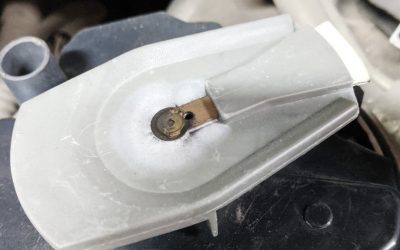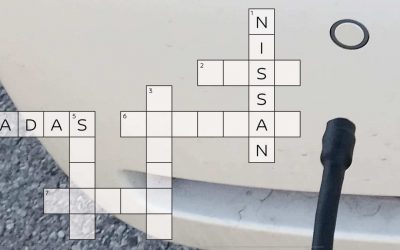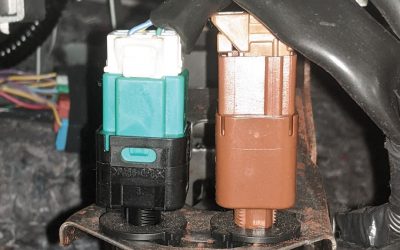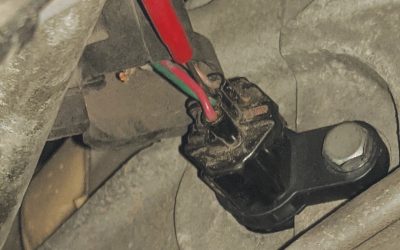Noise, Vibration and Harshness (NVH) is an important topic and one that auto manufacturers take very seriously. Large amounts of time and money are devoted to research and development in this area. Engines and transmissions spend hours on NVH test benches before ever...
Nissan TechNews Features
Understanding the Nissan HVAC System Components
There are many issues that can arise in the HVAC system, and new regulations to be aware of. Let us dissect the HVAC acronym and take a closer look at each of the letters individually. HVAC is a very familiar acronym for Heating, Ventilation and Air Conditioning. From...
Running Out of Time: Diagnosing an Infiniti Q50 Timing Problem
We will take a look at an Infiniti suffering from a timing problem. It has been said that time waits for no one, and that is certainly true for auto technicians. There is always a vehicle to diagnose or a repair that has to be done by the end of the day. There are...
New (and Old) Nissan Frontiers
These rugged trucks have aged well, with old plastic parts and a few TSBs needing your attention. The phrase "Out with old and in with the new" doesn’t always apply to automobiles. Supply shortages, electronic chip shortages, and economic concerns have the...
Nissan ADAS: Solving the Puzzle (of How To Address This Technology In The Shop Environment)
Through specific examples, we'll discuss how to address this technology in the shop environment. There has already been a plethora of information written on Advanced Driver Assist Systems, or ADAS. This article looks to build on the wealth of information already...
Nissan TSB Round-Up
Service Bulletins are a powerful tool to help diagnose today’s complex vehicles, but they have to be utilized at the correct time. Beep, Beep, Beep. The alarm sounds and you jump out of bed. A quick cup of coffee and you’re out the door. You get to work a few...
Infiniti Cold Case: File #FX35
Harry, a long time veteran of the force, was nearing the finish line of his career. His retirement was fast approaching and, as such, he had been relegated to mostly desk duties. A ‘house mouse’ was the term for an officer who did not leave the station anymore,...
Keys to Understanding and Servicing Nissan CVT Transmissions
Since the widespread adoption of continuously variable transmissions, there have been many misconceptions and misunderstandings among technicians. A large majority of technicians are hands-on learners. So, it is understandable that there is some disconnect when it...
Diagnosing Nissan No Starts
There needs to be a solid diagnostic plan in place and solid understanding of the systems being tested to quickly and accurately determine the cause of the no start condition. A no start condition is still a fairly common complaint on today’s vehicles. No starts can...
Nissan Evaporative Emissions
With the advent of On-Board Refueling Vapor Recovery (ORVR) systems, and even tighter restrictions on emissions standards, the Evaporative Emissions System will continue to challenge repair technicians. Since hydrocarbons were first identified as Volatile Organic...











